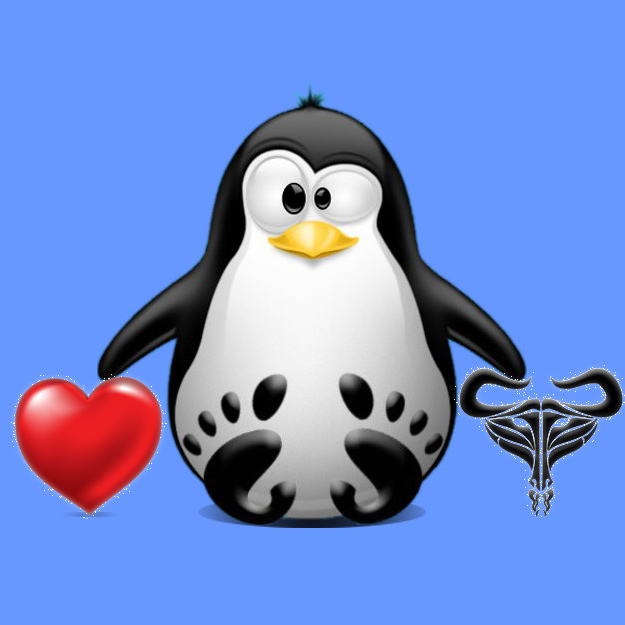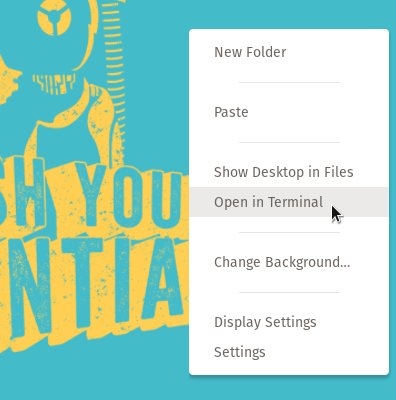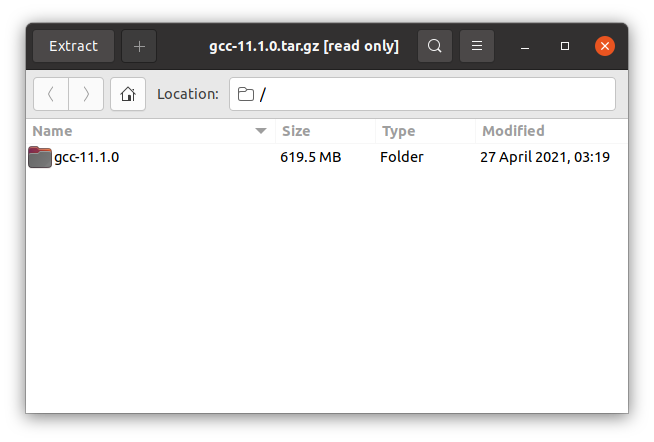GNU/Linux Pop!_OS Installing GCC 12.1 from Source – Step by step Guide
How to Install GNU Compiler Collection 12.1.x from Source on Pop!_OS GNU/Linux desktop – Step by step Tutorial.
And the GCC 12.1 for Pop!_OS Linux is a Compilers Collection currently supporting C, C++, Objective-C, Objective-C++, Fortran, Ada, D, Go, and BRIG (HSAIL) Languages.
Finally, GCC 12.1 includes several New Features, Changes, and Fixes that you can consult on the GNU GCC Documentation.

1. Launching Terminal
Open a Terminal Shell emulator window
Hit Win/Cmd to Show Bar.
(Press “Enter” to Execute Commands)Or Right-Click on desktop or Folder and Choose “Open in Terminal”: And Update Pop!_OS Apt Repository:
And Update Pop!_OS Apt Repository:
sudo apt update
Authenticate with the User Admin Pass.
If Got “User is Not in Sudoers file” then see: How to Enable sudo.2. Querying System GCC
First, find out what the actual System GCC
Play:which gcc
Take Note of the PATH to use after installation for switching the System GCC.
Possibly to Check the current GCC version issue:gcc -v
3. Downloading GCC 12.1
Download GCC 12.1 Source Code for GNU/Linux
Navigate to the 12.1.x Folder to Grab the Package.4. Extracting GCC 12.1
Then to Extract GCC 12.1 Archive
If it does Not Open automatically then Double-Click/Right-Click to Open with Archive Manager: Or from Command Line:
Or from Command Line:
tar xvzf ~/Downloads/gcc-12.*.tar.gz
(But if downloaded with Firefox it may be instead into /tmp/mozilla*)
Finally, if you are in Trouble to Find Out it on Terminal See: How to Access Downloads Folder from Browser.
Contents